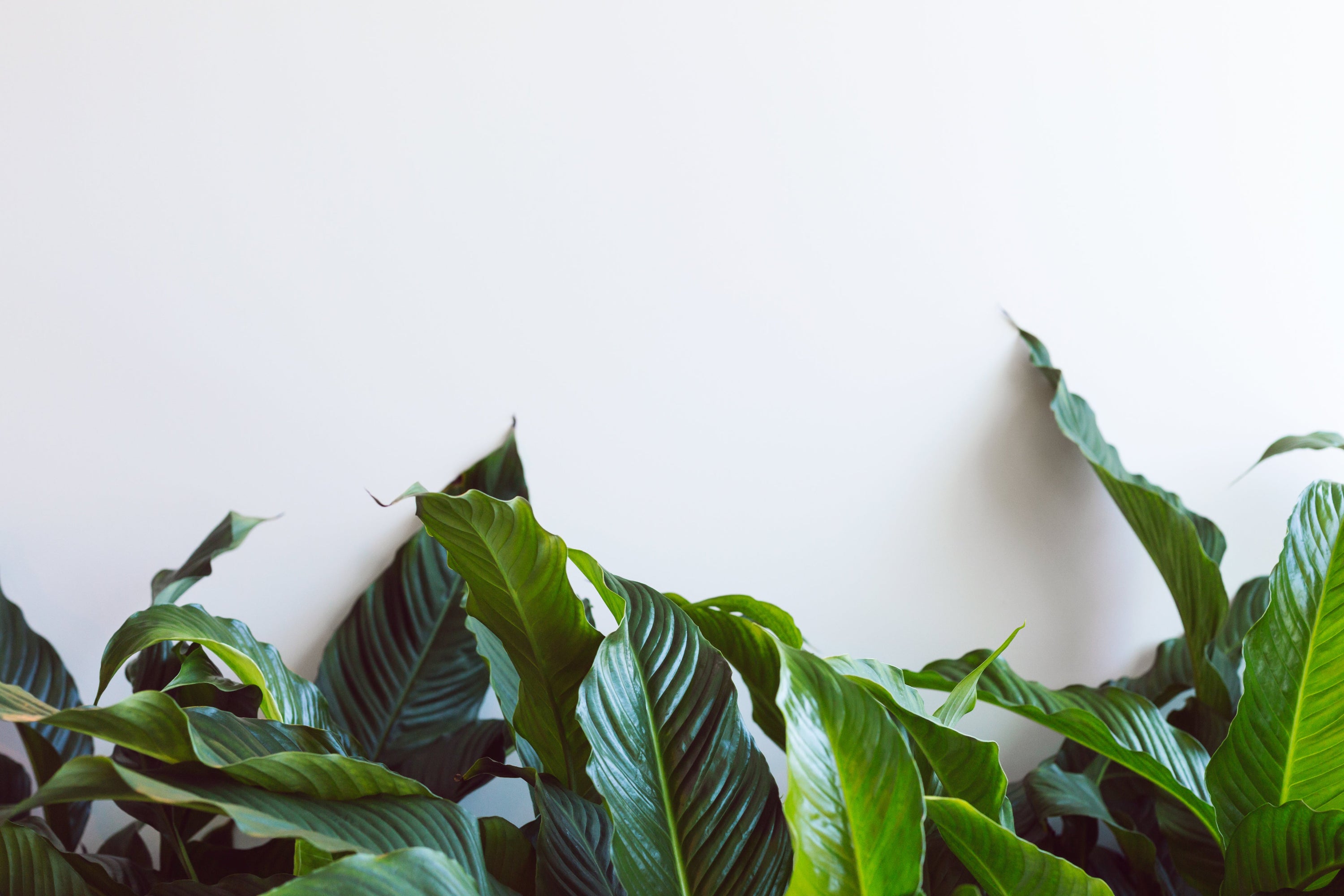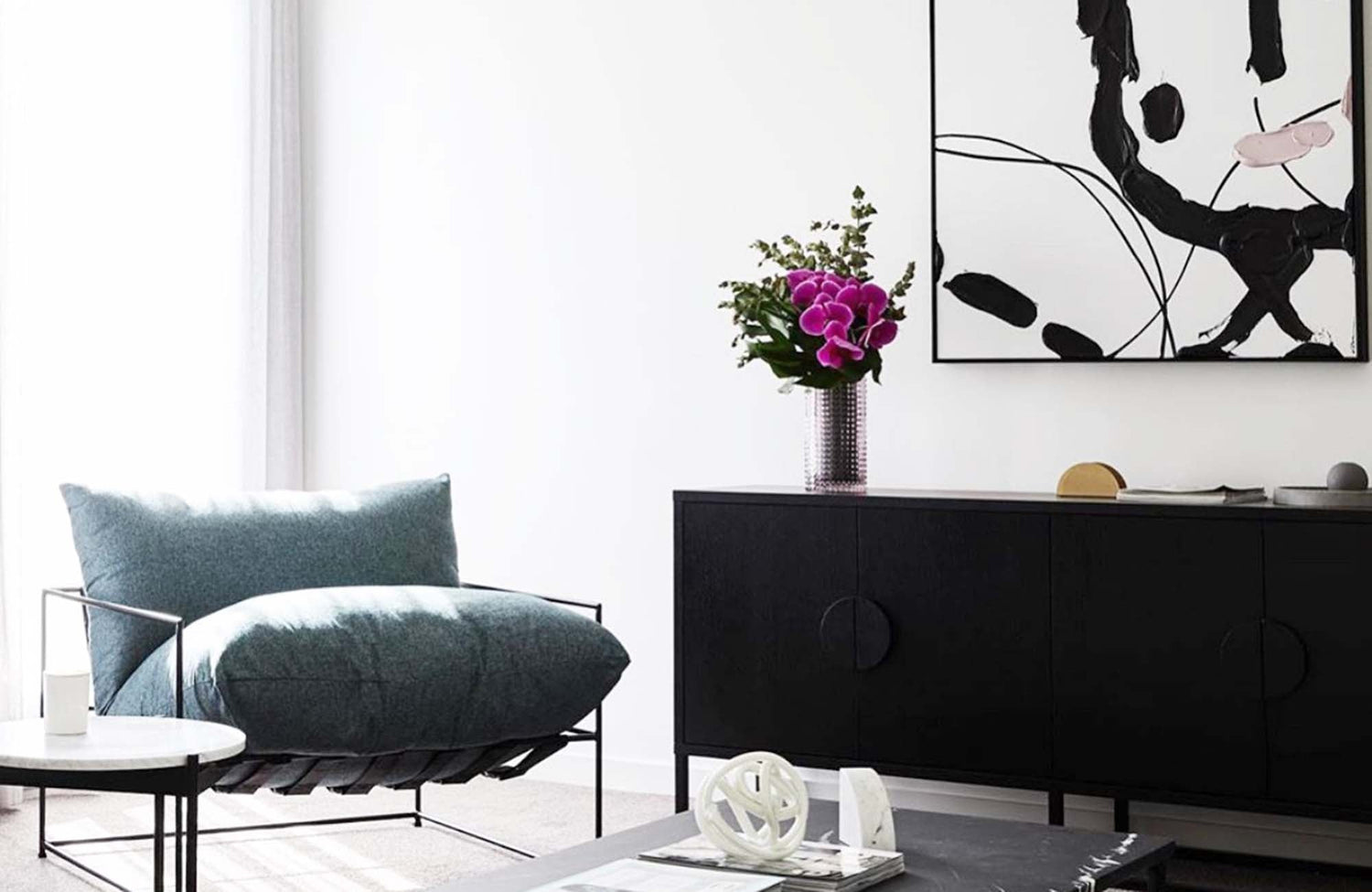Do you want to start an at-home garden full of beautiful plants but are concerned that you don’t have a much of a reputation as a 'green thumb'?
Gardening and plant care can be intimidating for beginners. While greenery is a gorgeous way to spruce up your space, not everyone has faith that they can keep anything that requires daily care alive. For this reason, you may want to consider an easy-care indoor plant. The ones we’ve listed below are low-maintenance and beginner-friendly. They’re the type of plants that you can bring into your space, plop into a spot where it’ll receive natural sunlight. All you have to do is remember to water it periodically.
Ok, here we go, in no particular order...
-
Bird’s Nest Fern

In nature, the Bird’s Nest Fern is epiphytic, which means it grows on the surface of other plants and derives its moisture and nutrients from the air, rain, water, or debris accumulating around it. It often grows in the rainforest and is found high in the crooks of trees with fronds up to 5 feet long.
However, when it’s kept as a house plant, the fronds typically only grow about 2 feet long and can be started year-round. To remain healthy, a Bird’s Nest Fern requires ample warmth (15 to 27 degrees Celsius), humidity, and moisture (simulating its rainforest home). Thus, it does best when it’s placed near a shower or tub in a bathroom.
That said, your Bird’s Nest Fern will also need a light source, so keep that in mind when choosing its spot. They grow well in filtered sunlight or a moderate amount of shade. Early morning sunlight is fine, and an east or north-facing window works well. However, we recommend avoiding harsh direct sunlight as it can leave you with burnt leaves. As new leaves begin to emerge, do not handle them. They’re extremely fragile and are likely to become damaged or deformed if touched.
You should water your Bird’s Nest Fern every 1-2 weeks. These ferns prefer consistent soil moisture but do not like soggy soil. When you notice the top inch of the soil is dry, you should water your fern again. Do not water directly in the centre of the plant as it can encourage mould growth and rot.
-
Peace Lily

The Peace Lily is another easy-care indoor plant. They’re tropical, evergreen plants that thrive on the forest floor. When it comes to caring for your Peace Lily, consistency is key.
You should keep the soil moist but avoid overwatering. As Peace Lilies can grow in water alone, they are sometimes sold in vases without any soil. Peace Lilies can tolerate short periods of dry soil, but if this occurs, you’ll see their leaves start to brown. Additionally, Peace Lilies are sensitive to chemicals often found in tap water. If possible, use filtered, room-temperature water to water your Peace Lily once a week.
Because they often grow in the forest, Peace Lilies enjoy high humidity. You can increase the humidity around the plant by misting the leaves and placing the pot on top of a moistened tray of gravel. You should also aim to keep temperatures above 16 degrees Celsius, and if possible, aim for a temperature above 70 Celsius. Do not place your Peace Lily near any cold, drafty windows.
While your Peace Lily shouldn’t be in the direct afternoon sunlight, they should still be placed in a well-lit area (east-facing windows are ideal).
Note: The Peace Lily plant is mildly poisonous as it contains calcium oxalate. For this reason, keep your Peace Lily out of the reach of small children and pets.
-
Fiddle Leaf Fig

Similar to the other two plants on this list, the Fiddle Leaf Fig is native to rainforests in Western and Central Africa. If you’re looking for a beautiful houseplant, then you’ve met your match.
When caring for your Fiddle Leaf Fig, you’ll want to provide it with a warm, humid environment. It will need a fair amount of water and plenty of light. We recommend a location far from vents or drafts and directly in front of a southern or western-facing window. If you can give your Fiddle Leaf a few hours (6+ hours) a day of direct sunlight in a humid environment, then it’ll look its best.
When in doubt, place your fig directly next to a window and know that it may take a little time for it to adjust to its new environment. Before you water it, check the moisture level in the soil first. The Fiddle Leaf likes its soil to be consistently and evening moist with a brief drying period between waterings. When the top two inches of the soil have dried, water it thoroughly. This will likely be around once a week to every 10 days.
Final Thoughts
What do you think? Are you ready to take the leap and purchase a low-maintenance, easy-care indoor plant? Take a browse through out plant range here and start greening up your house today!





